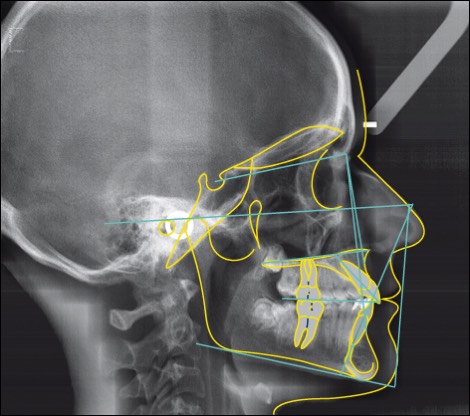occlusion

occlusion
Les objectifs de fin de traitement liés à l’occlusion linguale sont souvent peu détaillés, que ce soit dans la littérature scientifique ou dans les critères établis par les sociétés scientifiques. Cependant, il existe des moyens simples permettant d’analyser ces objectifs. Il est essentiel de mieux comprendre et définir ces objectifs pour assurer un traitement efficace.
Occlusion is the culmination of the act of closing the arches.
L’articulé désigne les rapports entre les dents opposées lors de l’occlusion. L’engrènement, quant à lui, fait référence à la manière dont les cuspides d’une arcade s’enclenchent dans les sillons correspondants de l’arcade opposée. Il est essentiel de noter que l’étude de l’occlusion nécessite la présence du patient lors de l’examen clinique, car elle ne peut être pleinement évaluée sur des moulages seuls.
En travaux pratiques, l’occlusion est analysée sur des moulages spécialement préparés pour reproduire les rapports initiaux des arcades, utilisant une feuille de cire rose pour marquer les repères médians et latéraux, permettant de retrouver l’occlusion maximale habituelle. Cette étude de l’occlusion suit la classification d’Angle pour une approche structurée.
Les objectifs de fin de traitement concernant l’occlusion linguale sont souvent insuffisamment détaillés, que ce soit dans la littérature scientifique ou dans les critères établis par les sociétés scientifiques, malgré la disponibilité de méthodes simples pour les analyser.
Dans notre pratique quotidienne, la partie linguale de l’occlusion est rarement examinée en détail, principalement en raison de la difficulté d’observation directe à l’intérieur de la bouche. Pourtant, il s’agit d’un facteur essentiel pour garantir le succès et la stabilité de nos traitements orthodontiques.
To learn more about this topic, you can consult the source: http://csd23.blogspot.ch/2010/07/locclusion-en-orthodontie.html.
If you would like to make an appointment with Dr. Jacques Lebahar to discuss your treatment, go to our page contact.